New brain-stimulating technology to relieve pain and depression
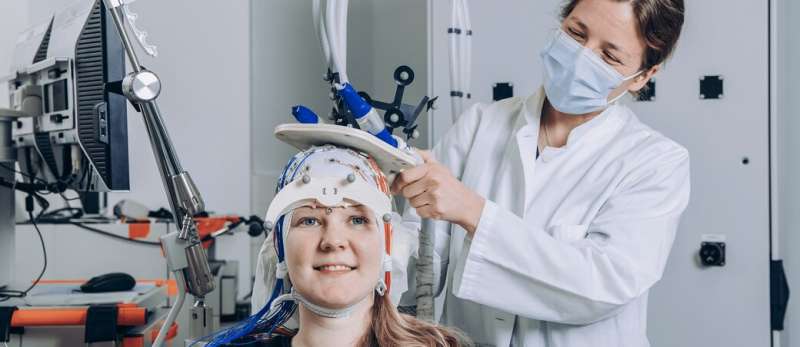
An Aalto-led team is developing new transcranial magnetic stimulation (TMS) technology to treat pain, depression and other neurological conditions. The aim is faster and more effective treatment.
Imagine experiencing chronic pain or depression so severe that no medication will bring relief.
Such conditions may not be common, but they do exist. For patients fortunate enough to receive professional help, treatment often involves a combination of different therapies. One of these is transcranial magnetic stimulation (TMS).
The thought of having an electric current pulsed into your brain is an unnerving one, yet the procedure is completely painless. A specially-designed electromagnetic coil is placed on the head to induce a magnetic field pulse in the brain that in turn produces an electric field and a specific neural response. All the patient feels is a light tapping sensation, as if someone's finger is repeatedly touching their scalp.
A TMS session lasts between 15 and 30 minutes, during which time the patient receives between 1,000 and 3,000 stimulations. Depending on the condition being treated, the frequency is adjusted to either speed up or slow down the firing of neurons.
"Your brain is an information-processing system that generates electric currents," says Professor Risto Ilmoniemi, who heads Aalto University's Department of Neuroscience and Biomedical Engineering. "Every thought you have, and every action you perform, generates a magnetic field in and around your brain. It's roughly one billionth of the earth's field."
"If we can measure the magnetic field of the brain from the outside, then the inverse principle of physics means we can influence the brain from the outside too. This is how we can quite precisely determine—by using TMS—which areas of the brain are involved in various functions," says Ilmoniemi.
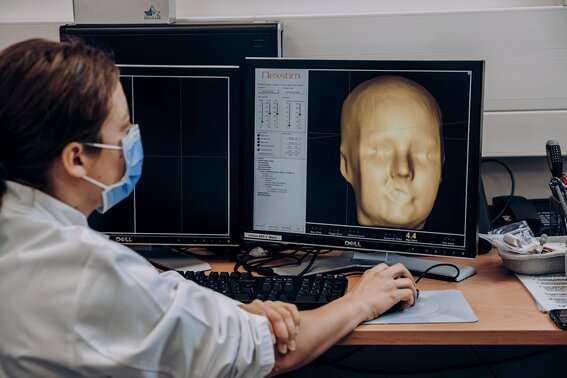
Location, orientation and intensity
Transcranial magnetic stimulation has been around since the mid-1980s, when Dr. Anthony Barker and his team created the world's first TMS device in the UK city of Sheffield. Since then, the technique has been taken into use around the world as a treatment for chronic pain, depression, and several other neurological conditions.
With the technology available today, TMS targeting is a time-consuming procedure to perform. The patient first needs to have an MRI scan to map their brain and identify the approximate target areas for stimulation. Then the TMS operator needs to take a trial-and-error approach to moving the single-coil TMS device around the patient's head to find the optimal location, orientation and intensity for treatment. This procedure needs to be repeated every time the coil is moved to a new target area.
These are some of the TMS challenges that Aalto University aims to address through the ConnectToBrain project. Backed by a EUR 10 million grant from the European Research Council, the project team is developing a new kind of TMS device and the algorithms needed to run it.
Whereas traditional TMS devices have only a single magnetic coil, the ConnectToBrain team has developed one with multiple coils, allowing more than one part of the brain to be stimulated at a given time. The new TMS device also includes an electroencephalogram (EEG) function so that the brain's electrical responses can be measured in real time.
Much of the hardware and software is developed by Aalto University, while the University of Chieti-Pescara in Italy develops signal processing and artificial intelligence technology, and the University of Tübingen in Germany works on clinical applications. Validation experiments take place in the Helsinki University Hospital's BioMag laboratory.
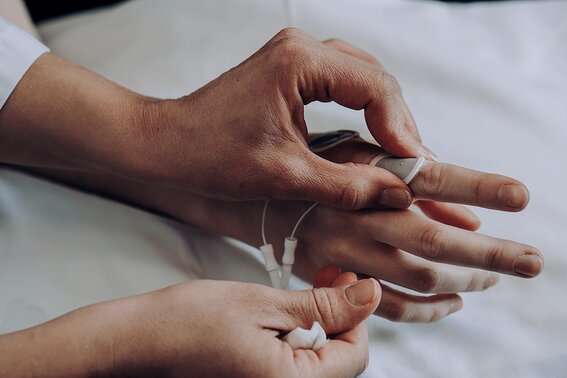
Relief for Alzheimer's and stroke patients
Two of the conditions the ConnectToBrain project is focused on treating are Alzheimer's and stroke. By setting algorithms to read the signals from patients' brains in real time, the new stimulator can quickly adjust the location, orientation, intensity and timing of the electrical pulses to better treat these conditions.
"Traditionally, transcranial stimulation includes many manual procedures and decision-making by the operator," says Aalto University's Aino Tervo, a Doctoral Candidate helping to develop the new technology. "But our new hardware can quickly shift the electrical stimulus from one part of the brain to another without any manual work from the operator. We're also developing algorithms that leave the decisions up to the computer."
"Combining an EEG together with a multi-locus magnetic stimulator will help with both selecting and stimulating the targets," says Tervo. "We can adjust the parameters automatically based on the EEG, and with the multi-locus device we can stimulate two different locations at the same time, or with intervals of just one millisecond. This is simply not possible if we only have one coil."
"This work opens a whole new clinical and research area, as we can stimulate more areas of the brain at the same time, while also operating faster," she says.
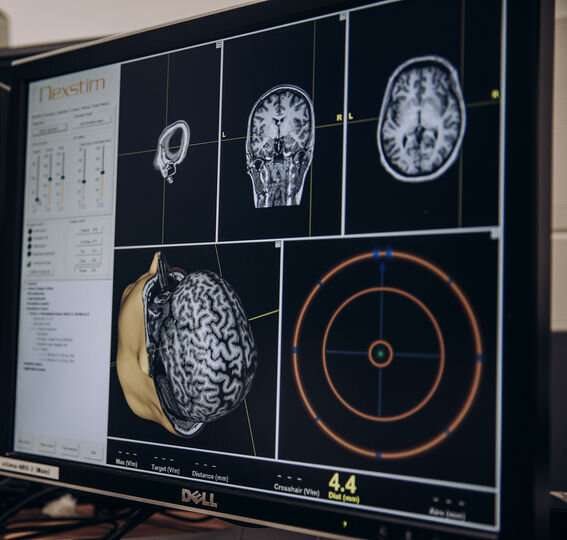
Discovering more about the brain
Tervo works closely with Clinical Neurophysiologist Dr. Selja Vaalto, who specializes in treating patients suffering from chronic pain. The patients come to the Helsinki University Hospital's Department of Clinical Neurophysiology when other treatments—such as medication—have failed to bring sufficient relief. While TMS does not yield results for all patients, Vaalto says there is A-level clinical evidence that it works in around 50 percent of cases.
"We have patients with complex regional pain syndrome—a neuropathic pain that is very difficult to treat and can be drug resistant," she says. "These patients initially come for two weeks of daily TMS treatment, and if it's shown to be effective we move to maintenance treatments of once a week and then once a month."
"On treatment days, we stimulate those areas of the brain that we know are associated with certain conditions," she says. "This affects the synapses between the neurons and increases activity in the stimulated areas. In a sense, we're encouraging the neurons to communicate more. This yields to changes in neurotransmitter levels and in levels of endogenous opioids."
Vaalto foresees that the new TMS technology under development will help doctors to work even deeper in the brain, and bring additional relief to patients suffering from chronic pain, depression and more.
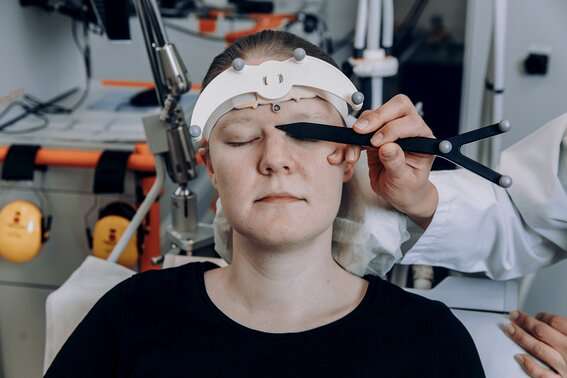
"In stroke patients, for example, lesions damage nerve tracts between two areas of the brain," she says. "With this new multi-locus TMS, we can get the tract working more strongly if we can stimulate both areas at once. This hasn't been possible until now."
"Similarly, with depression, it's not just about what happens in cortical areas of the brain; there are also nerve tracts originating in frontal areas that are directed towards deeper basal areas of the brain," she says. "Those areas are very important in emotional reactions, and with this new technique we will be much better able to treat them."
"The work we are doing is really opening up a whole new chapter in transcranial magnetic stimulation," says Vaalto. "We'll not only be able to treat more patients—as we can work faster—we'll also discover new and more effective ways of bringing relief to the people who need this therapy."

















